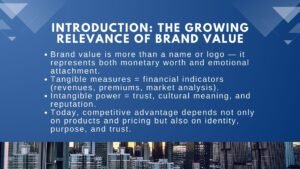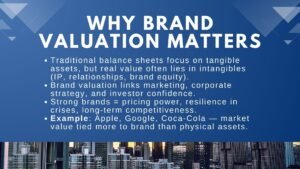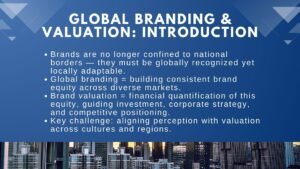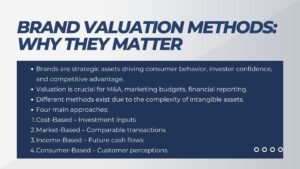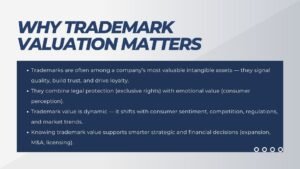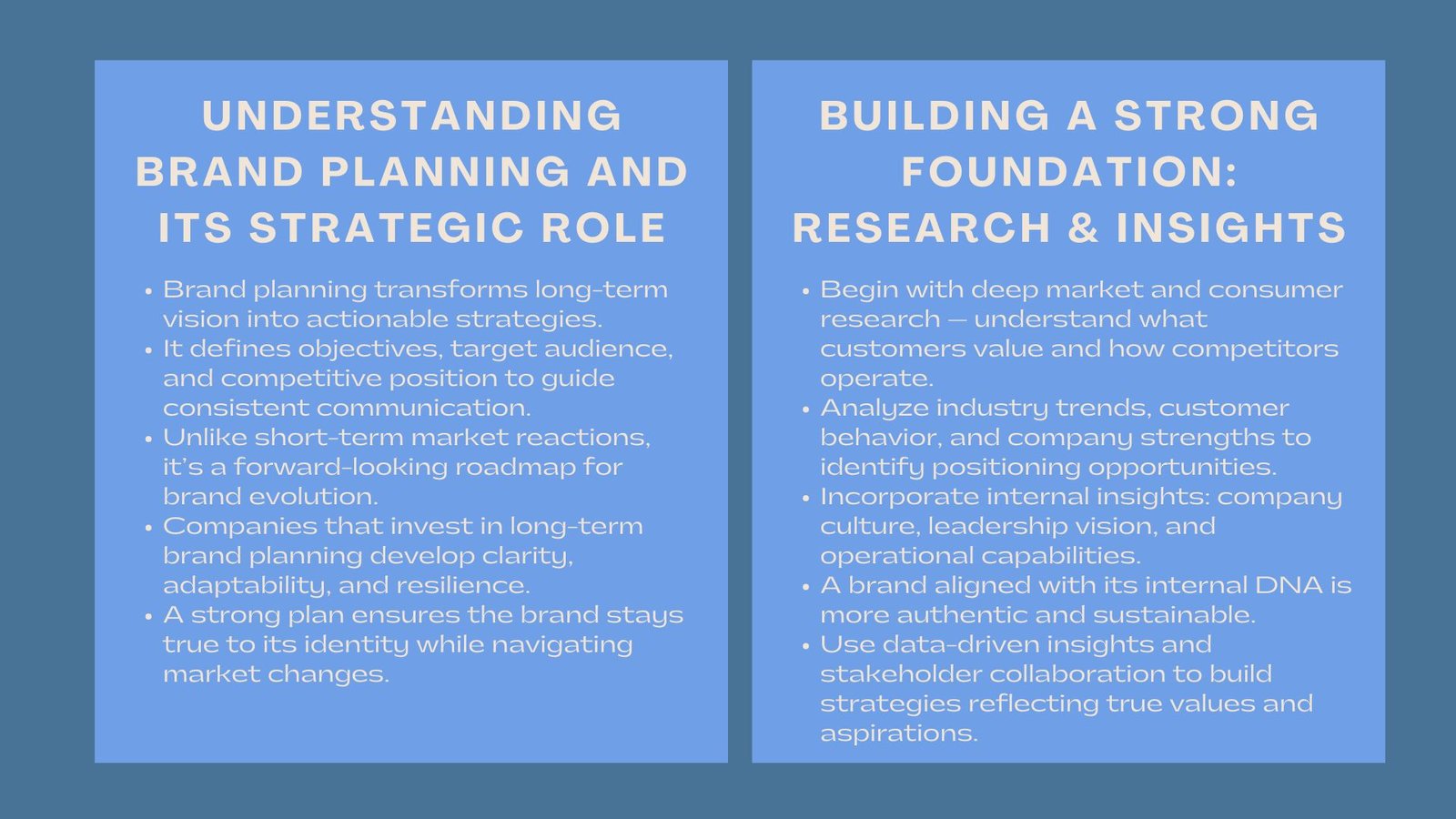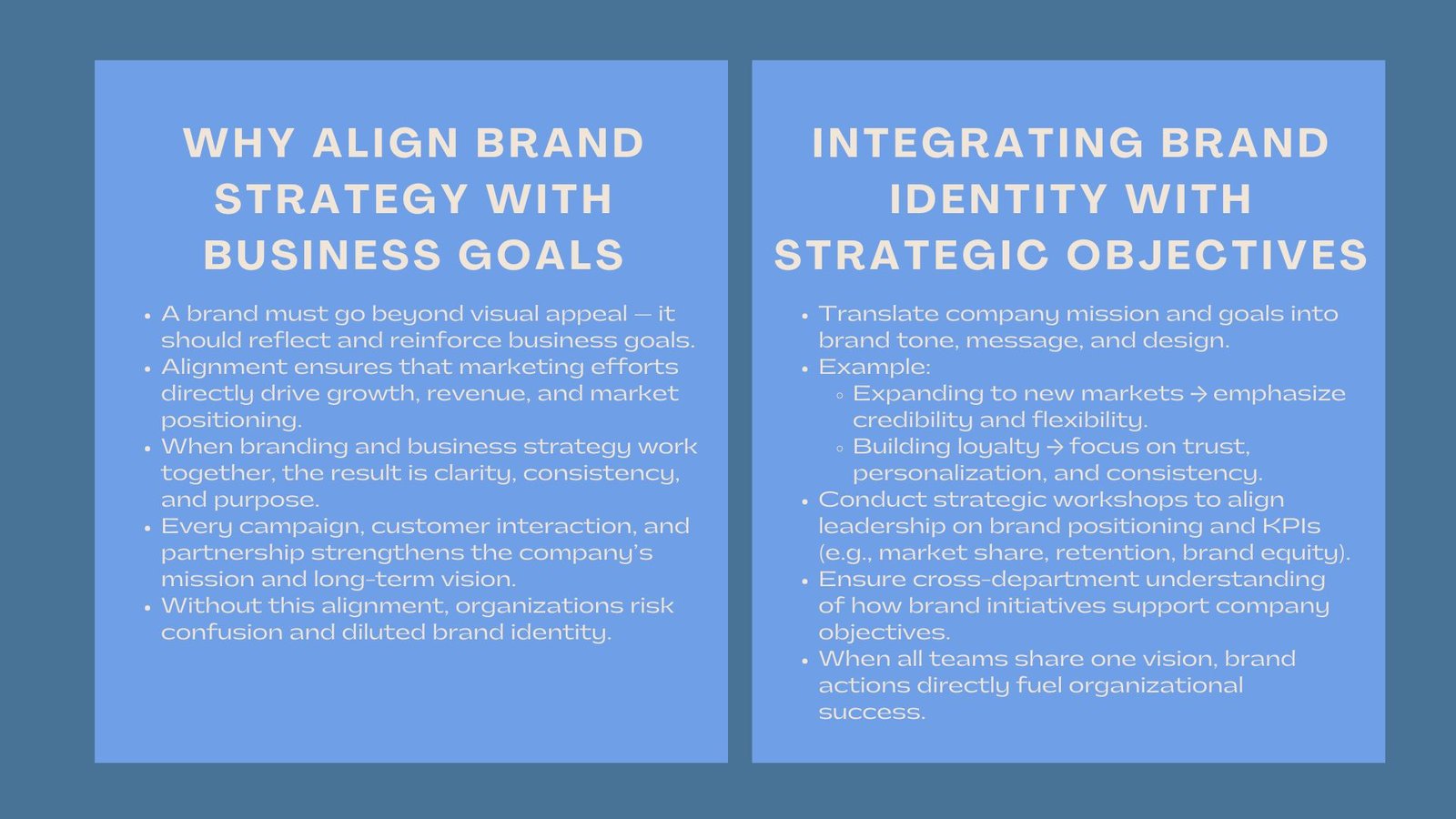
Professional Brand Alignment Workshop Singapore
Branding Strategy 101: Aligning Your Brand with Business Goals
Professional Brand Alignment Workshop Singapore
To emerge as a successful brand, it should not just be attractive to the eye, it needs to possess strategic alignment with the business goals. Strange branding strategy sustains and validates the goals in the company, so that marketing efforts directly experience growth, revenues, and placement in the market. Such a relationship makes branding a business-pull and not a creative afterthought. Businesses that understand how to align brand strategy with business goals can better connect their marketing vision with measurable results.
The outcome of having the brand strategy and business goals apply together is clarity. Each campaign, interaction with the customers, and all partnerships strengthen the purpose and vision of the company. Ensuring that efforts of the brand are effectively coordinated can otherwise lead to internal and external confusion. The initial move towards developing a unified branding approach is to establish the linkage between the identity of the company, the product it provides, and where the organization is heading to.
Integrating Brand Identity with Strategic Objectives
The priorities of business should be captured in branding and magnified. As an example, when the mission of a company is to go to new markets, the brand is supposed to exude credibility and flexibility. In case the aim is to boost the loyalty of the customers, the brand should focus on trust, personalization, and consistency. This will involve the knowledge of brand positioning and the perception of the audience.
Leadership teams can use workshops and strategic planning to make the message and design consistent with quantifiable business results. This involves the definition of success measure which can be in the form of growth in market share, customer retention or brand equity. In situations where all the departments know the implications of brand initiatives in supporting organizational objectives, the organization runs with the same vision. Companies that apply strategic brand management for corporate growth often achieve clearer direction, stronger communication, and higher brand equity across all markets.
Communicating Brand Strategy Across the Organization
It is not only the strategy alignment that should be done, but also the execution. Most importantly, internal communication would be used to make every employee an ambassador of the brand. In onboarding documentations to internal newsletters, there is regular communications that support the mission and values of the company. The training programs will be able to make employees realize the role they play in the brand perception directly.
Outside, the marketing and communications should help translate the objectives of the business into powerful stories that find appeal among customers and other stakeholders. Any advertisement, social media or press release must be considered as a continuation of the larger brand narrative.
Examples of Successful Brand Alignment in Action
Effective brand alignment occurs when all the aspects of a company such as its marketing and communication, its processes, and customer experience are all aligned to its purpose and strategic ambitions. The examples of several top brands show how effective alignment has quantifiable effect.
In its example, Apple has developed its brand name based on innovation, simplicity and high-end design. These principles are not only reflected in its marketing but also in its whole organization. The packaging of its products as far as the design of Apple Stores is concerned, everything supports the promise once made by the company about its elegance and technology that is user-friendly. This harmonious combination of business and brand strategy has seen Apple to be one of the most valuable and reliable brands in the world.
Another good example is Nike. Everything that the brand does including product development and international campaigns is driven by its mission; to inspire and innovate every athlete in the world. Its Just Do It message is about motivation and empowerment that fits well with its business objective of reaching deeply to the consumers in addition to its expansion into performance based markets. The consistent storytelling and neighborhood building efforts by Nike make its brand values to be felt at all the customer touchpoints.
Starbucks illustrates how brand alignment does not just end with products but also experiences. Its approach is to provide a third place between work and home, which can be free, and the customers will be able to have a rest and interact. This vision influences its store format, its culture of employees and customer service all these help to translate the message of warmth and belonging that the brand promises.
In both of these instances, brand alignment is not some accident, but rather planned, and based on clear business goals. These companies are the evidence that the alignment of the purpose of the brand and business objectives results in long-term customer retention and sustainable growth of a business. Global organizations like these demonstrate brand alignment best practices for global companies, where vision and values are communicated consistently in every market.
Lessons Learned from Brands That Lost Focus
Alongside positive stories of the strength of alignment demonstrated by successful brands, one can find warning stories of businesses that have gone down the wrong path by not aligning brand strategy and business direction. These instances demonstrate the significance of consistency, relevancy and balance.
Yahoo was a brand that could not compete in the internet market effectively because of poor positioning and lack of focus. It attempted to become all this, a search engine, a media company, and a technology platform over the years without having a cohesive brand identity. This distracted its consumers and diluted its competitive advantage, particularly because Google has had a clear and coherent mission of organizing information.
Another example is the Gap Inc. In 2010, the firm suddenly altered its well-established logo to a new, less complex one – without synchronizing the transition to a bigger brand and business strategy. The rebrand also received a lot of negativity and a turnaround was swift. The episode demonstrated that the evolution of a brand should not be based on the ideas of aesthetic tendencies only, but on genuine intent and consumer insights.
Kodak that was synonymous with photography did not adjust its brand to the digital change that it had been leading. Its business model and brand image were still based on the film, despite the market transition to digital cameras and mobile imaging. Failure to align the innovation operations with the brand promise of the company to capture moments cost the company industry leadership.
All these examples illustrate an important fact: a brand should develop along with its business objectives and audience anticipations. The loss of alignment translates into a loss of trust, watered down identity, and opportunities. Being clear with purpose, constant communication, and flexibility will guarantee that a brand will not become irrelevant even as markets evolve.
Conclusion
It is the branding strategy in line with business objectives that will make the difference between successful marketing and long term performance. It will make sure that all creative decisions are strategic in purpose and they are able to promote immeasurable results.
As companies combine brand and business goals, they achieve great synergy, that is, the brand enhances not only growth but also speeds-up the growth. Long-term this alignment creates a stronger market relevancy, customer loyalty and continues to maintain competitive advantage. A brand that is indicative of the target of its company does not simply communicate, but does, grows and develops and leads.


